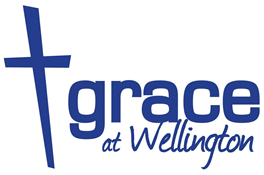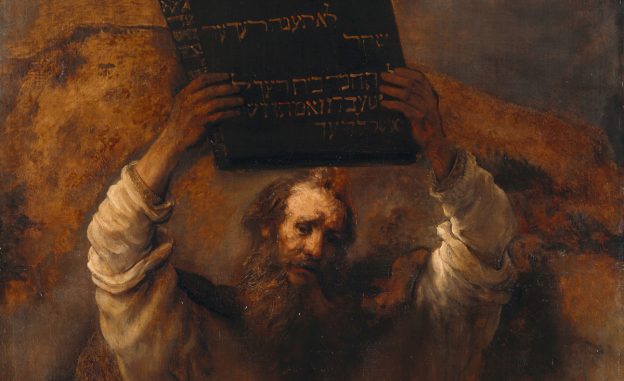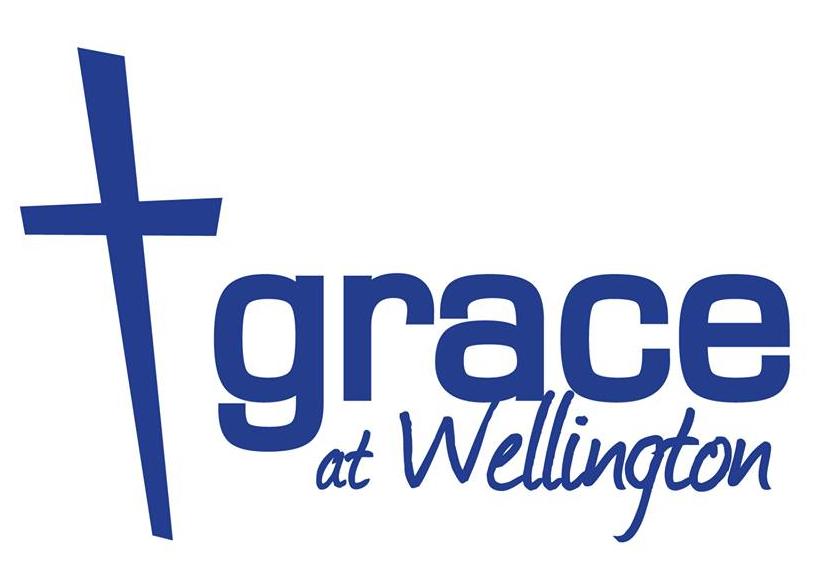Any major agreement has a ceremony to confirm it. Marriages begin with a wedding ceremony where husband and wife exchange public vows. Treaties have ceremonies where leaders take credit for their officials’ work, sign agreements, and swap pens. Large contracts may involve speeches, spades in the ground, novelty cheques, and large banners. All of these modern symbols show both parties’ commitment to their obligations.
The Covenant at Sinai was similar. God had provided an historical context for their relationship, expressed his terms, and highlighted the benefits and curses of obedience (or not). All that was left was the ceremony, which begins in Exodus 24:1-8 with a call to ascend, recording the covenant, and a ritual confirming the covenant. In this event, we have a picture of our own covenant relationship with God, in Christ.
The passage begins with a call to ascend Mount Sinai issued to Moses and representatives of Israel. God commands Moses to “Come up to the LORD” along with his brother Aaron, Aaron’s sons Nadab and Abihu, “and seventy of the elders of Israel, and worship from afar” (v.1). These men represented the tribes of Israel, the head priests of Israel, and their mediator.
However, only Moses was to come near to God, while the others were to stay at various distances, and the Israelite populace were to remain at a distance (v.2). This distance was required to remind them of God’s holiness, and their sinfulness.
Following this call we see Moses recording the Covenant. Moses went to the people, and announced everything God had told him in the previous chapters (20:12-23:33). All the people eagerly respond “All the words that the LORD has spoken we will do” (v.3).
The next step was to make it official. Moses wrote down everything which God had told him, which certainly involved at a minimum everything we have examined from chapter 19 onwards (v.4). Later this would involve all of the first five books of the Bible.
This step was important, as it provided a key legal source. Children needed to know the terms of the Covenant they had with their God. Elders and leaders needed to refer to it, to judge on cases and to lead the people in worshiping and obeying God’s commands. It served as written proof of the relationship, much like a treaty or a contract serves today.
This led to the third step, which was confirming the Covenant. The people had already said they would sign up, but a ritual still needed to happen. Moses eagerly got up in the morning and built an altar at the foot of Mount Sinai, with twelve pillars symbolising the twelve tribes (totality) of Israel (v.4).
Next, the young men (likely firstborn, who belonged to God, Ex. 13:2) were sent to arrange animal sacrifices to God (v.5). God’s acceptance of these sacrifices was necessary for the confirmation process to continue.
The blood of these sacrifices then took prominence. Firstly, half of the blood was thrown onto the altar as an offering to God (v.6). This symbolised God’s part in the covenant, as a party to the agreement. If God did not keep his part (as if that were possible), then his blood would be shed.
In the same way, after reading the covenant and again hearing Israel again commit to its terms (v.7), Moses sprinkled the other half of the blood on the people, as parties to the covenant (v.8). They too were sealed into the covenant by blood.
But the blood served another purpose. In the sacrifices God commanded, the blood represented the cleansing and forgiveness of sins through the substitute of another life for the sinner’s. Thus, the blood on the altar symbolised forgiveness for failing to keep the covenant perfectly, while the blood sprinkled on the people set them apart as made holy and cleansed. The blood turned aside God’s wrath, and allowed a covenant relationship between God and his chosen people.
The same occurs for us, though not through repeated sacrifices but through the blood of Jesus (Rom. 3:25, Eph. 2:13). Jesus’ sacrifice was offered once for all, cleansing perfectly and completely (Heb. 9:12-14). Through Jesus’ sacrifice and the shedding of his blood, we are forgiven.
Just as we enter a relationship with God in a similar way to that between God and the Israelites at Sinai, so too God’s Word, written for us, helps us to love and obey God, and to teach our children of God’s holy standard and God’s saving acts. God’s Word confirms God’s love for us, and confirms the promises made by God, given by covenant, and sealed by Christ’s blood.
Jesus’ blood inaugurated the new covenant (in relation to this covenant, Heb. 9:15-28), so that we may all enjoy the forgiveness offered through God’s covenant of grace revealed from Eden through Sinai to the Cross. It is only through the forgiveness received in Christ, and the release from God’s wrath through Christ’s blood, that we can enter into a relationship with God.


